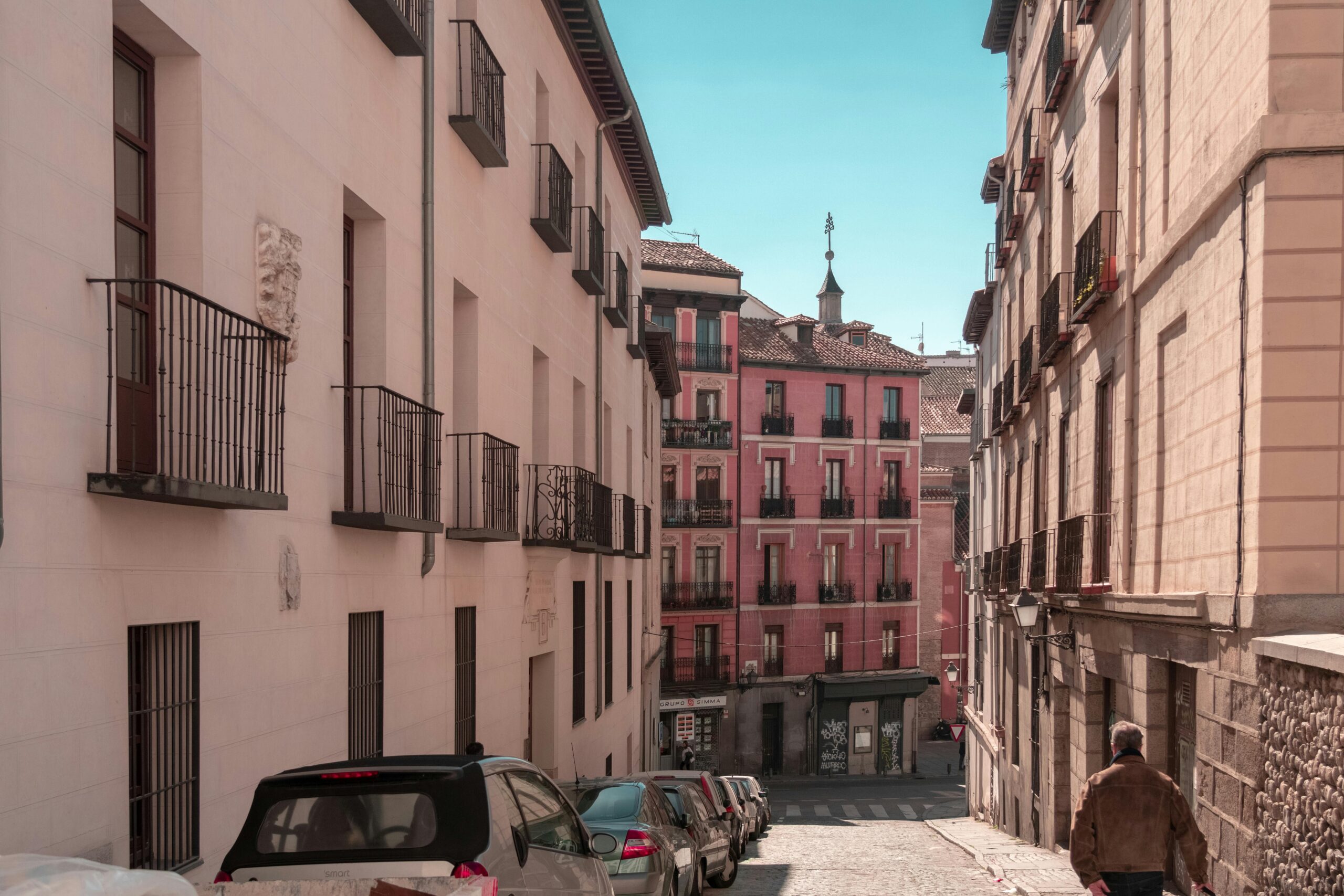Last Posts
While most visitors to Madrid flock to famous landmarks like Puerta del Sol or Plaza Mayor, the city is full of hidden gems waiting to be discovered in its off-the-beaten-path neighborhoods. These areas offer a more authentic, local experience, filled with charming streets, traditional taverns, and unique cultural spots that show a different side of Madrid. If you’re looking to escape the crowds and explore the city’s quieter corners, here are the top off-the-beaten-path neighborhoods in Madrid you shouldn’t miss.

Once a working-class neighborhood, Lavapiés has transformed into one of Madrid’s most vibrant and diverse areas. This multicultural hub is home to a mix of immigrants, artists, and students, creating a rich tapestry of cultures. Walking through Lavapiés, you’ll find a wide variety of international cuisine, street art, and lively bars. It’s also known for its alternative art scene, with galleries and cultural spaces popping up throughout the neighborhood.
What to Expect:
Tips:
Malasaña is Madrid’s bohemian and alternative neighborhood, known for its quirky boutiques, vintage shops, and lively nightlife. It’s a neighborhood that comes alive at night, with its streets packed with bars and clubs playing everything from rock to electronic music. By day, Malasaña’s charming plazas and streets are perfect for wandering, sipping coffee at a local café, and people-watching.
What to Expect:
Tips:
For a more traditional and residential feel, head to Chamberí, a neighborhood that still retains much of its 19th-century charm. Chamberí is quieter and less touristy than other parts of Madrid, but it’s full of hidden treasures, from beautiful architecture to cozy taverns. The neighborhood is home to several interesting museums, including the Museo Sorolla, a beautiful house museum dedicated to the Spanish painter Joaquín Sorolla.
What to Expect:
Tips:
Located just south of the city center, La Latina is one of Madrid’s oldest and most historic neighborhoods. Famous for its maze-like streets, tapas bars, and vibrant squares, La Latina is a great spot for wandering and getting lost in Madrid’s history. The area is particularly lively on weekends when locals gather for tapas and drinks in the many plazas.
What to Expect:
Tips:
For those looking for a more upscale, sophisticated experience, the Salamanca district is the place to be. This is one of Madrid’s most exclusive neighborhoods, known for its elegant streets, luxury boutiques, and high-end dining. While it’s more polished than other neighborhoods on this list, Salamanca offers a quieter, refined side of Madrid and is perfect for those looking to indulge in a bit of luxury.
What to Expect:
Tips:
Madrid’s off-the-beaten-path neighborhoods offer a glimpse into the city’s true character, from the lively, multicultural streets of Lavapiés to the elegant charm of Chamberí. Whether you’re looking for vintage shopping, traditional tapas, or hidden art galleries, these neighborhoods are the perfect places to explore a different side of Madrid, away from the usual tourist crowds.
Recent
Categories